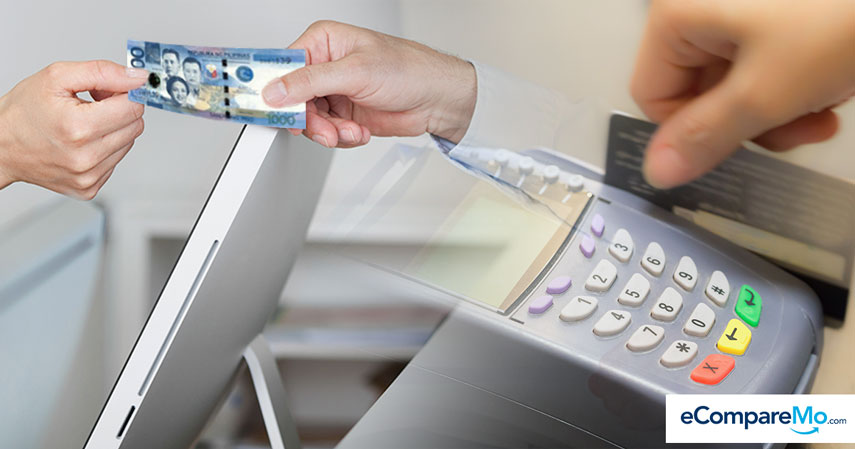Why You Tend To Spend Less When You Use Cash
2 min readThere’s no doubt that owning a credit card opens you to a world of exclusive privileges and rewards. All these are brought by effective credit management on your part, as well as your bank’s features and services.
For cardholders, it’s normal to use plastic for most of their purchases to avail of rewards and credit card promos, especially for big purchases. But while swiping your card has it perks, spending in cash can help you save more. That is, if you really must spend…

Mindful spending
A research conducted by the Journal of Consumer Research, “Cash vs. Credit: Does the Way You Pay Change How You Value a Purchase?†found that paying in cash gives more value to your purchases, which encourages mindful spending.
“While the convenience of going cashless is undeniable, it comes with an inadvertent downside—we tend to value purchases less when using a card than when we pay via the more ‘painful’ methods of cash or check,†says lead author Avni Shah, assistant marketing professor at the University of Toronto Scarborough.
Cash is tangible, so you’re more inclined to shop responsibly. This is one way to help you manage your finances, keep a budget, and grow your savings.
Curbing consumer impulse
Even though consumers are aware of the interests that come with their credit card purchases, its power to encourage spending easily leads to impulse buys.
Compared to cash, it’s hard to keep track of credit card purchases. After all, the total amount won’t be due until a month later.
Sometimes even your shopping list can’t stop you from buying more items than you intended. It is only by bringing enough cash that can curb impulsive spending.
Through this, you are motivated to look for discounts or sale items, hoping that by the end of the day you will have enough left for a nice dinner.
If you need to buy more, going to the ATM to get more money will give you enough time to reconsider a purchase.
Consumer loyalty
The research suggests that paying in cash is also a way to build consumer loyalty, due to the feeling of commitment it gives consumers.
Shah says: “In this day and age, it’s important to feel that connection. We’re in a consumer culture now of more, more, more—and that’s not good for our wallets or for sustainability.â€
The tangibility of money encourages you to look for cheaper or better alternatives for the products and services you’re about to pay for. You then build loyalty through this careful evaluation of goods and services.
As the authors of the research concluded, “the form of payment clearly influences the subsequent value of the purchase to the consumer, even when the objective monetary cost remains constant.
“Using cash or check seems to increase the psychological ‘pain’ or sacrifice of the act and creates more affinity with the product or brand.â€
For every type of purchase, find out when it’s best to use cash or credit so you’re not tempted into spending more than you intended.
